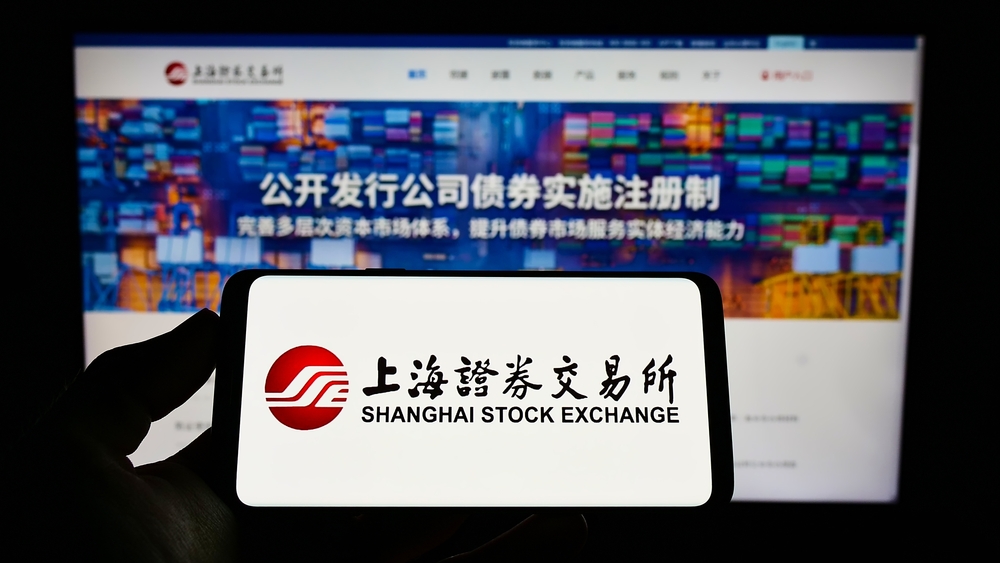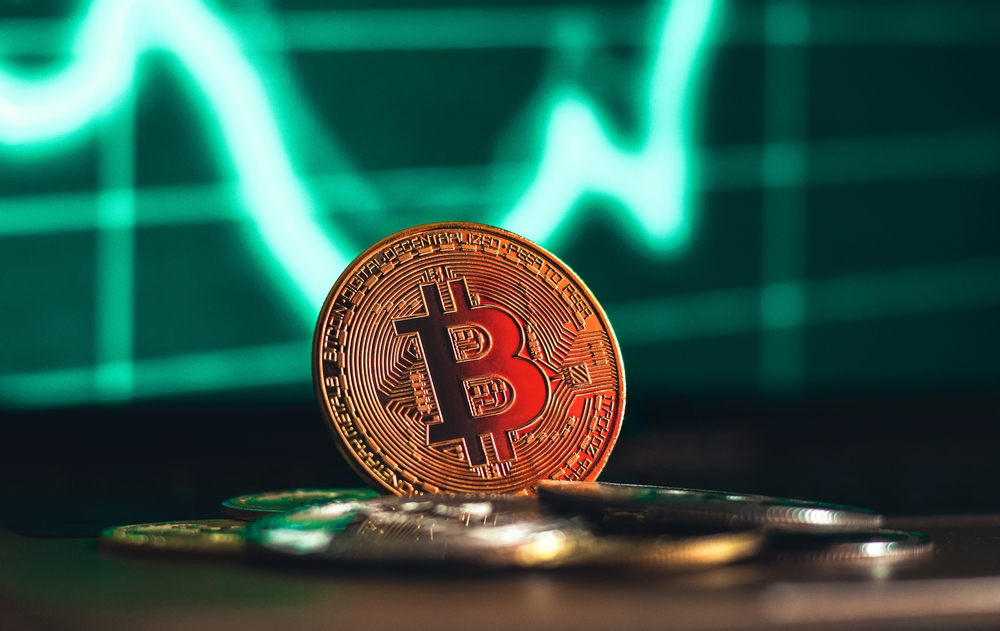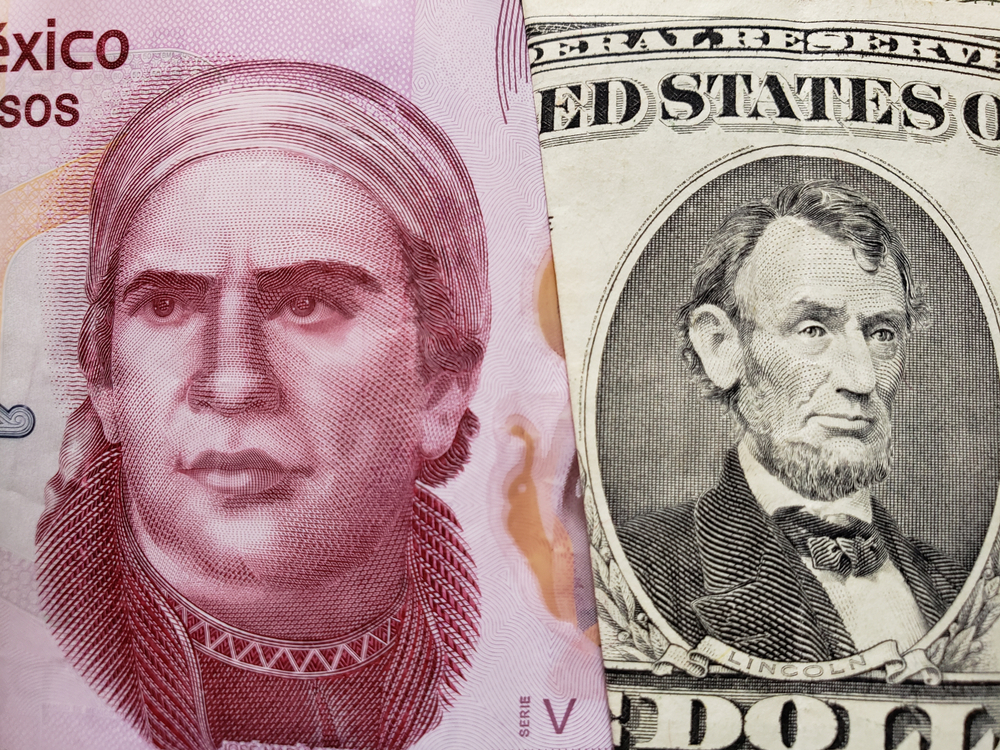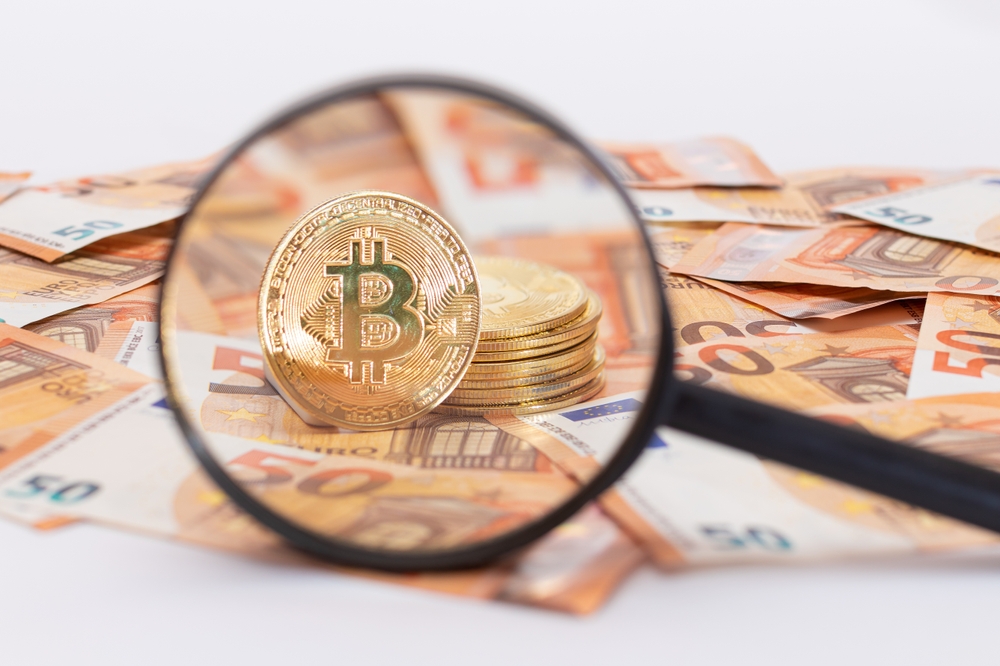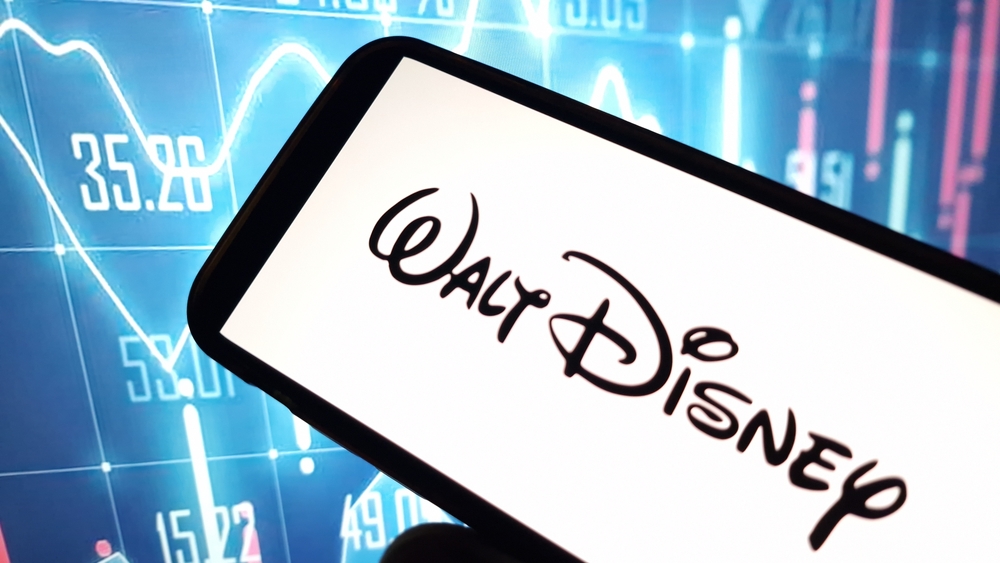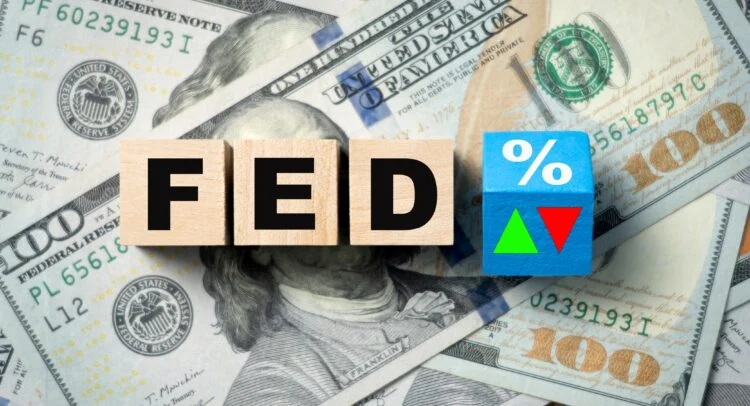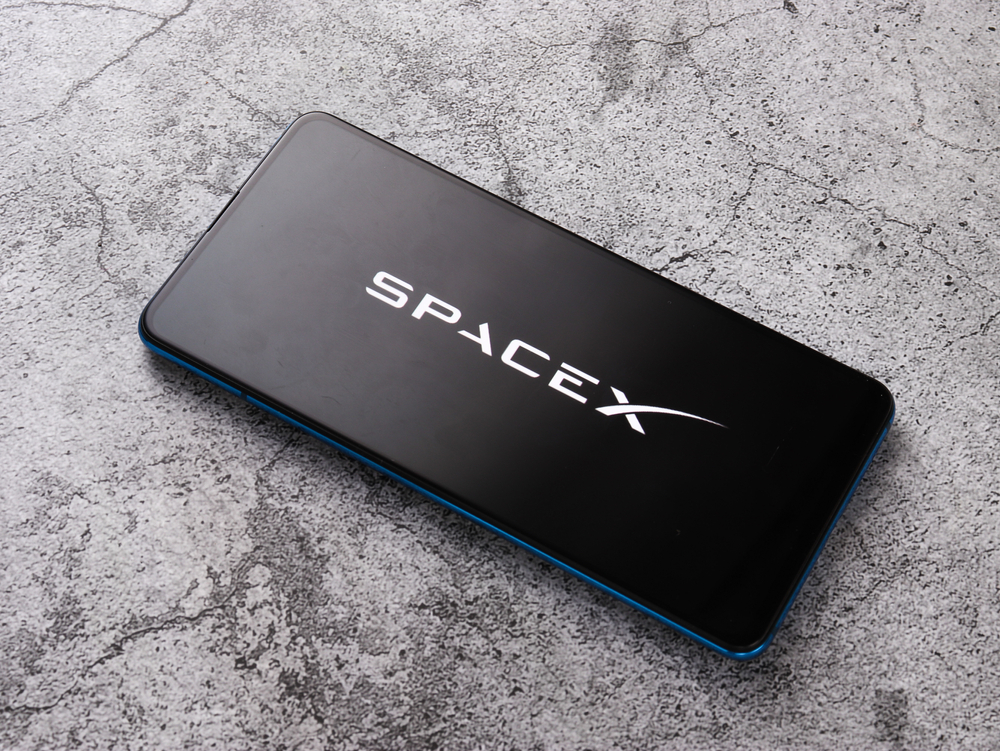In the ever-evolving landscape of global finance, the SSE Composite Index stands as one of the most critical indicators of China’s economic performance. It not only reflects the health of the Chinese stock market but also influences global investor sentiment, particularly for those involved in emerging Trading markets. The Shanghai Stock Exchange Composite Index is closely followed by traders, institutions, and economists worldwide, as it offers deep insights into China’s industrial growth, policy direction, and market potential.
The SSE Composite Index encompasses every stock listed on the Shanghai Stock Exchange, including A-shares and B-shares, which together represent the backbone of China’s corporate and financial sectors. With China being the second-largest economy globally, movements within this index can ripple through global markets, affecting currencies, commodities, and other stock indices.
What is the SSE Composite Index?
The SSE Composite Index, also known as the Shanghai Stock Composite Index, is the primary benchmark used to track the overall performance of all companies listed on the Shanghai Stock Exchange (SSE). Established on July 15, 1991, this index provides an in-depth view of China’s corporate landscape, covering both A-shares (denominated in the Chinese yuan and primarily available to domestic investors) and B-shares (denominated in foreign currencies and accessible to international investors).
Unlike many global indices that represent a select group of companies, the SSE Composite Index includes every stock listed on the exchange. This comprehensive structure allows it to serve as a true reflection of the entire Chinese equity market.
The Shanghai Stock Exchange Composite Index is particularly influential because it mirrors the economic transition of China — from manufacturing-driven growth to technology and service-oriented development. Its fluctuations often indicate broader changes in industrial output, consumer confidence, and government fiscal policy.
For investors on Evest, monitoring the SSE Composite Index chart can help them assess when to enter or exit the Chinese market, understand the implications of policy shifts, and manage risk across diversified portfolios.
In essence, the SSE Composite Index is more than a numerical representation — it’s a window into China’s economic strength, innovation capacity, and global market role.
Importance of the Index in Global Financial Markets
The SSE Composite Index holds immense importance in the context of global finance. As China’s most representative equity index, it acts as a barometer not just for domestic market sentiment but for the global economy’s perception of China’s growth trajectory.
When the Shanghai Stock Exchange Index rises, it often signals optimism in Asian and international markets, particularly in sectors linked to China, such as manufacturing, commodities, and technology. Conversely, a drop in the SSE Composite Index can trigger caution among investors worldwide, influencing indices like the Hang Seng, Nikkei 225, and even the S&P 500.
International investors and financial analysts closely follow the SSE Composite Index because China’s economic policies and industrial data directly affect global trade balances and capital flows. For example, when Chinese GDP data exceeds expectations, the index typically rallies, boosting confidence across emerging markets.
On Evest, traders use real-time analytics to observe how shifts in the SSE Composite Index chart impact international trading instruments such as Forex Trading, commodities, and indices. The ability to connect macroeconomic indicators with live market data empowers investors to make more informed trading decisions.
In short, the SSE Composite Index is not an isolated indicator — it’s an essential piece of the global financial puzzle, shaping trends, influencing investor psychology, and signaling shifts in one of the world’s most dynamic economies.
The Shanghai Stock Exchange and Its Role in China’s Economy
The Shanghai Stock Exchange (SSE) plays a foundational role in China’s financial architecture. Established in 1990, it quickly became one of the world’s largest exchanges by market capitalization. It lists thousands of companies that span across sectors such as finance, technology, energy, real estate, healthcare, and manufacturing.
The Shanghai Stock Exchange Composite represents China’s efforts to modernize its capital markets and attract both domestic and international investors. It serves as a bridge between corporate financing needs and investor demand for equity-based returns.
For Evest users, understanding the Shanghai Stock Exchange Composite Index helps identify the broader trends driving the Asian markets. As the Chinese economy transitions from export-led growth to consumer-driven innovation, the SSE continues to evolve as a hub for capital formation and wealth creation.
Through the SSE Composite Index, the performance of the exchange provides valuable insights into China’s economic structure and growth potential. When the index experiences an upward trajectory, it reflects business expansion, rising corporate profits, and investor optimism. Conversely, downturns often indicate tightening monetary conditions or external economic pressures.
Through the SSE Composite Index, the performance of the exchange provides valuable insights into China’s economic structure and growth potential. When the index experiences an upward trajectory, it reflects business expansion, rising corporate profits, and investor optimism. Conversely, downturns often indicate tightening monetary conditions or external economic pressures.
Composition of the SSE Composite Index
The SSE Composite Index is one of the most comprehensive indices in the world, including all stocks traded on the Shanghai Stock Exchange. Its diverse composition ensures that it accurately mirrors China’s multifaceted economy.
Types of Companies Included
The SSE Composite Index includes a wide range of companies, from large state-owned enterprises (SOEs) such as PetroChina, China Construction Bank, and ICBC to emerging technology firms like CATL and Semiconductor Manufacturing International Corporation (SMIC).
These companies represent key sectors that define China’s growth engine — finance, industrials, energy, technology, healthcare, and consumer goods. By including such a broad spectrum of industries, the Shanghai SE Composite Index chart reflects both traditional and innovative aspects of the Chinese economy.
For investors on Evest, this diversity presents opportunities to track multiple sectors through a single benchmark, offering a macro-level understanding of market performance and potential investment directions.
How is the SSE Composite Index Calculated?
The SSE Composite Index is calculated using a market capitalization-weighted methodology, meaning companies with higher market values exert a larger influence on the index’s movement.
Formula and Methodology
The calculation follows this standard formula:
Index = (Current Total Market Capitalization / Base Period Total Market Capitalization) × 100
The base period for the SSE Composite Index was established on December 19, 1990, with an initial value of 100 points. Since then, the index has experienced multiple cycles of growth, correction, and stabilization, reflecting shifts in China’s economic landscape.
Price-Weighted vs. Market Capitalization-Weighted Approach
Unlike price-weighted indices (e.g., the Dow Jones Industrial Average), which give more weight to higher-priced stocks, the Shanghai Stock Exchange Index emphasizes market capitalization. This ensures that larger companies — those with the greatest impact on the Chinese economy — drive the index’s direction more significantly.
Platforms like Evest provide live data visualization of the SSE Composite Index chart, allowing traders to analyze how changes in market capitalization or trading volume affect the index’s real-time movement.
Historical Performance Overview
The SSE Composite Index has undergone significant transformations since its inception. During the early 2000s, the index mirrored China’s rapid industrialization and integration into global markets following its WTO accession.
A major rally occurred between 2005 and 2007, when the Shanghai Stock Exchange Composite Index surged on strong investor sentiment and economic optimism. However, the 2008 global financial crisis led to a sharp correction, marking one of the most volatile periods in the index’s history.
In 2014–2015, another rally driven by retail speculation and government stimulus propelled the index upward before it again corrected sharply. In recent years, the SSE Composite Index has stabilized, supported by fundamental economic reforms, better corporate governance, and a shift toward high-tech industries.
For Evest traders, studying historical data on the SSE Composite Index chart provides invaluable insight into cyclical patterns, helping them anticipate market behavior during different economic conditions.
Factors Influencing the SSE Composite Index
Multiple elements shape the SSE Composite Index, ranging from domestic macroeconomic data to global market trends.
Economic Indicators in China
Core indicators like GDP growth, industrial output, consumer spending, and export data directly influence the SSE Composite Index. Strong numbers generally boost investor confidence and drive the index upward, while weaker figures can trigger market corrections.
Monetary Policy and Government Regulations
China’s monetary policies — including interest rate decisions, reserve requirement ratios, and fiscal stimulus — have a profound impact on liquidity and investor behavior. Regulatory reforms or tightening measures from the government can also influence how the Shanghai Stock Composite Index moves.
Global Market Influences
Because China is deeply integrated with global trade, international developments such as geopolitical tensions, commodity price shifts, and foreign exchange rates significantly affect the SSE Composite Index. Investors often use platforms like Evest to track these influences in real time, correlating them with index movements for better trading strategies.
SSE Composite Index vs Other Major Indices
Comparing the SSE Composite Index with other global benchmarks helps investors understand its unique characteristics.
Comparison with Hang Seng, Nikkei 225, and S&P 500
While the Hang Seng Index captures Hong Kong’s open market and the Nikkei 225 represents Japan’s industrial strength, the Shanghai Stock Exchange Composite focuses primarily on mainland China’s economic activities. The S&P 500, on the other hand, reflects corporate performance in the United States.
Each of these indices provides different perspectives on global market dynamics. The SSE Composite Index tends to be more influenced by government policy and macroeconomic indicators than by corporate earnings alone, unlike Western indices.
Differences in Market Focus and Volatility
Due to China’s evolving regulatory environment and its hybrid market system, the SSE Composite Index experiences higher volatility compared to developed market indices. However, for long-term investors, this volatility translates into growth opportunities as the Chinese economy continues to mature.
For Evest users, comparing these indices allows for diversification and informed risk management when building global investment portfolios.
How Investors Use the SSE Composite Index
Investors and traders use the SSE Composite Index as a key benchmark for analyzing the Chinese stock market. It helps gauge market sentiment, identify investment opportunities, and compare portfolio performance against a broad market measure.
On online trading platforms like Evest, the SSE Composite Index chart provides real-time analytics, enabling users to track market trends, volatility, and correlation with other global indices.
Institutional investors use the index to design China-focused ETFs, index funds, and derivative products. Meanwhile, retail traders follow it to spot entry and exit points for Chinese stocks or related instruments.
In essence, the SSE Composite Index serves as both a guide and a tool — empowering global investors to align their strategies with one of the most significant economies in the modern world.
Evest Services
Evest Services represents a modern approach to online trading and financial growth. With a focus on innovation and accessibility, it continues to redefine the investment experience.
Commission-Free Stock Trading
Evest allows clients to trade global stocks with zero commission, making it an attractive choice for investors who want to access international markets with minimum costs.
CFD Trading
The platform provides access to a wide range of financial assets through Contracts for Difference (CFDs), including stocks, forex, indices, commodities, and cryptocurrencies. This gives traders great flexibility to diversify their strategies.
WebTrader Platform
Evest offers a WebTrader platform that works directly from the browser without the need to download extra software. It features a user-friendly interface with real-time charts and analysis tools to help investors make better trading decisions.
Copy Trading
With the copy trading service, beginners or passive investors can automatically copy the trades of professional traders. This allows users to benefit from the experience of experts and potentially generate steady profits.
Demo Account
Evest provides a free demo account where traders can practice with virtual funds. This service is especially useful for beginners to learn trading basics and test strategies without risking real money.
Islamic Trading Accounts
Evest offers Islamic (Swap-Free) accounts that are free from interest charges, making them compliant with Shariah law and suitable for Muslim traders.
Smart Analytics Tool (Evest Analytics)
The platform integrates AI-powered analytics tools that deliver accurate market insights and instant alerts, helping traders to identify investment opportunities at the right time.
Mobile Trading App
Evest provides a modern mobile application for iOS and Android, enabling users to trade anywhere, anytime, with the same tools and features available on the web platform.
Multiple Deposit & Withdrawal Options
Evest supports various payment methods for deposits and withdrawals, including:
- Credit and debit cards
- E-wallets
- Bank transfers
This ensures flexible and convenient financial transactions for traders worldwide.
In Conclusion
The SSE Composite Index remains an indispensable indicator of China’s financial and economic power. It encapsulates the collective performance of thousands of companies across industries, providing both a micro and macro view of the market.
For traders and investors leveraging platforms like Evest, understanding the structure, movement, and significance of the Shanghai Stock Exchange Composite Index is critical for navigating the global investment landscape. Whether for diversification, risk management, or economic forecasting, this index offers deep insights into Asia’s largest and fastest-evolving market.
FAQs
What is the SSE Composite Index?
The SSE Composite Index tracks all stocks listed on the Shanghai Stock Exchange, offering a complete overview of China’s equity market performance.
How to invest in the SSE Composite Index?
Investors can access the SSE Composite Index through ETFs, index funds, or futures available on global trading platforms like Evest.
Which is China’s biggest stock exchange?
The Shanghai Stock Exchange is China’s largest and most influential stock exchange, home to the SSE Composite Index and many of the country’s top corporations.

